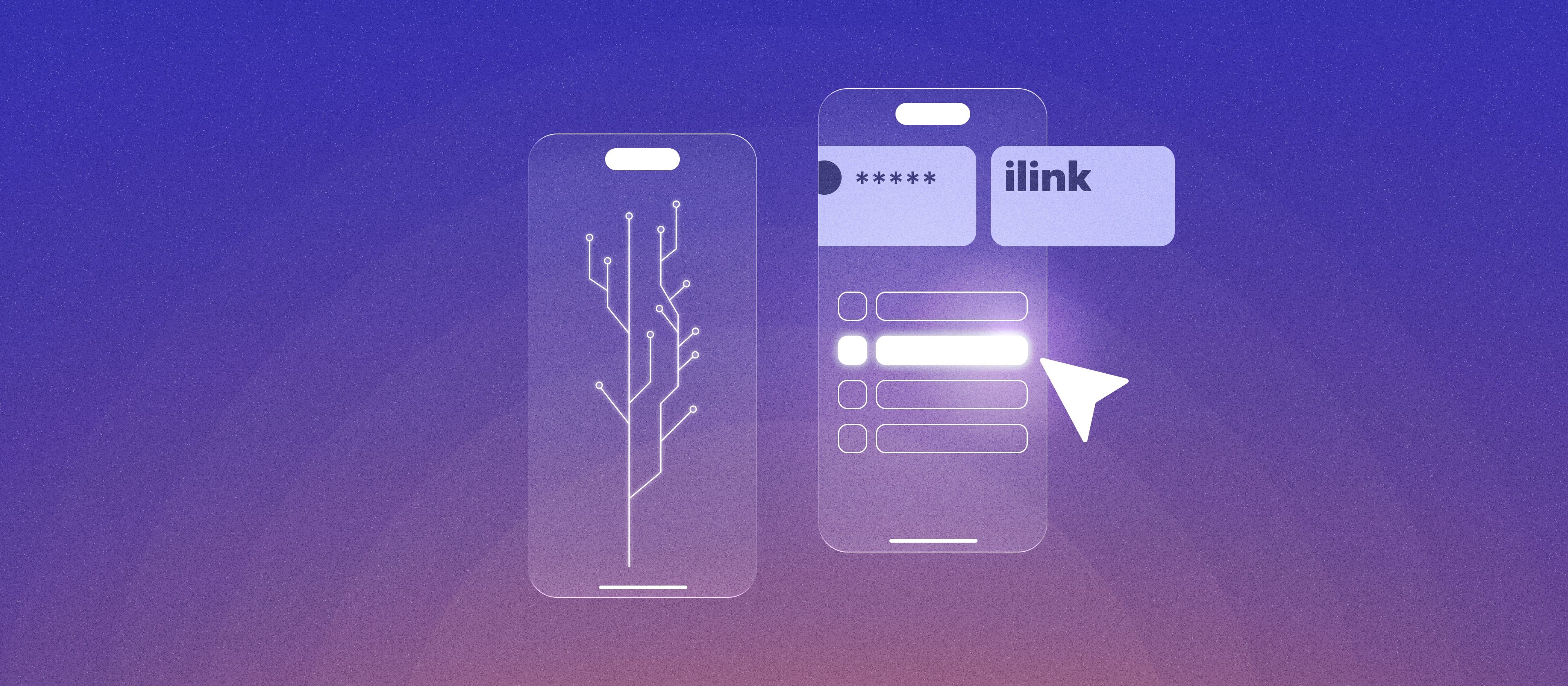Application Development Security Standards: Best Practices for Building Secure Software

Introduction
In an era where data breaches, ransomware attacks, and digital fraud are growing more sophisticated, secure application development has become a non-negotiable standard for any serious software project. Businesses in fintech, healthcare, eCommerce, and enterprise IT must ensure that applications are built to withstand threats from day one. By the end of 2025, 85% of organizations will increase their fraud prevention budgets and 88% will expand their fraud prevention services, the data shows.
Following recognized application development security standards is essential not only for protecting user data but also for maintaining compliance, trust, and operational continuity.
What Are Application Development Security Standards?
Application development security standards are formalized frameworks and best practices designed to help developers build secure, stable, and resilient software. These standards cover the entire software development lifecycle (SDLC), from planning and design to deployment and maintenance.
Unlike general security advice, these standards are often industry-certified and globally recognized, making them essential for businesses operating in regulated environments such as fintech (GDPR, PCI-DSS), healthcare (HIPAA), and finance (SOC 2, ISO/IEC 27001).
Why Security Matters in the Development Lifecycle
Embedding security into the development process is far more efficient and cost-effective than patching vulnerabilities after launch. In fact, the later a bug is discovered, the more expensive it becomes to fix, especially if it leads to a data breach or compliance violation.
Secure development ensures:
- Trust and reliability among users;
- Protection of sensitive data;
- Compliance with laws and regulations;
- Business continuity in the face of evolving threats.
That’s why modern DevOps teams are shifting toward DevSecOps, integrating security at every stage of the app lifecycle.
Key Security Standards in Application Development
Several international and industry-specific frameworks guide secure development. The most commonly adopted include:
- OWASP Top 10. A foundational reference that lists the most critical web application vulnerabilities, such as injection, broken authentication, and insecure deserialization.
- ISO/IEC 27001. A global standard for information security management systems (ISMS), covering risk assessment, access controls, and incident management.
- NIST Cybersecurity Framework. U.S.-based guidance for identifying, protecting, detecting, responding to, and recovering from cyber threats.
- SOC 2 Compliance. Required for SaaS providers, focusing on security, availability, processing integrity, confidentiality, and privacy.
- GDPR and HIPAA. Legal requirements for handling personal and health-related data within the EU and the U.S., respectively, vital for healthcare and fintech apps. Following these secure software development standards helps protect applications at both the infrastructure and code levels.
Contact ilink today to develop your application with security built in from day one.
Secure Coding Practices and Principles
Even with standards in place, secure coding remains the first line of defense. Some of the most critical practices include:
- Input validation to prevent injection attacks;
- Strong authentication (multi-factor, role-based access control);
- Secure session management (token expiration, HTTPS);
- Error handling that avoids leaking system information;
- Data encryption in transit and at rest;
- Avoiding hard-coded credentials or secrets in codebases.
These practices help eliminate common vulnerabilities and create a secure software foundation from the start.
Tools and Frameworks for Secure App Development
Modern development teams use specialized tools to ensure that security is embedded throughout the process:
- Static application security testing (SAST). Scans source code for vulnerabilities before execution
- Dynamic application security testing (DAST). Analyzes running applications for runtime security issues
- Software composition analysis (SCA). Checks third-party libraries for known vulnerabilities
- Secure CI/CD pipelines. Automate scanning, testing, and deployment with tools like GitHub Actions, Jenkins, and SonarQube
By automating these tasks, teams can identify issues early and ship secure code with confidence.
Security in Blockchain and Decentralized Applications
For teams working in blockchain development, additional security considerations apply. Smart contracts are immutable once deployed, meaning any flaw in their code becomes permanent.
Best practices for secure blockchain app development include:
- Smart contract auditing and formal verification;
- Role-based access controls for decentralized applications;
- Cold storage and multi-signature wallets for key management;
- Rate-limiting and anti-spam mechanisms to prevent abuse.
Projects in DeFi and Web3 must undergo rigorous audits to avoid exploits and maintain community trust.
DevSecOps: Integrating Security into the Development Pipeline
DevSecOps is the evolution of DevOps, with security baked into every stage of the software development lifecycle. It emphasizes:
- "Shift-left" mindset - testing security early in the process;
- Automated scanning and linting during code commits;
- Security gates in CI/CD workflows;
- Real-time monitoring post-deployment.
This approach ensures that application security is continuous, collaborative, and proactive, not reactive.
Post-Deployment Security Measures
Even after an application is launched, security work doesn’t stop. Ongoing tasks include:
- Monitoring logs and usage patterns for suspicious behavior;
- Penetration testing by ethical hackers to find edge-case vulnerabilities;
- Patch management for third-party libraries and dependencies;
- Incident response plans to handle breaches and minimize damage.
Without post-launch vigilance, even the most secure code can become vulnerable over time.
Security should be an integral part of how you build software, not something added after the fact. Adhering to proven application development security standards, using modern tools, and following secure coding practices ensures your product is safe, compliant, and trusted by users.
Comments (0)
Latest Posts

In this article, we’ll explore how information technology in financial services is reshaping the way financial institutions operate and how consumers interact with financial products.

In a digital-first world, companies increasingly rely on custom application development to streamline operations, serve customers better, and stay competitive.
Do You Have Any Questions?
Leave your details - we will contact you to answer all your questions

